Increased tolls may be on the horizon as panel examines transportation funding needs
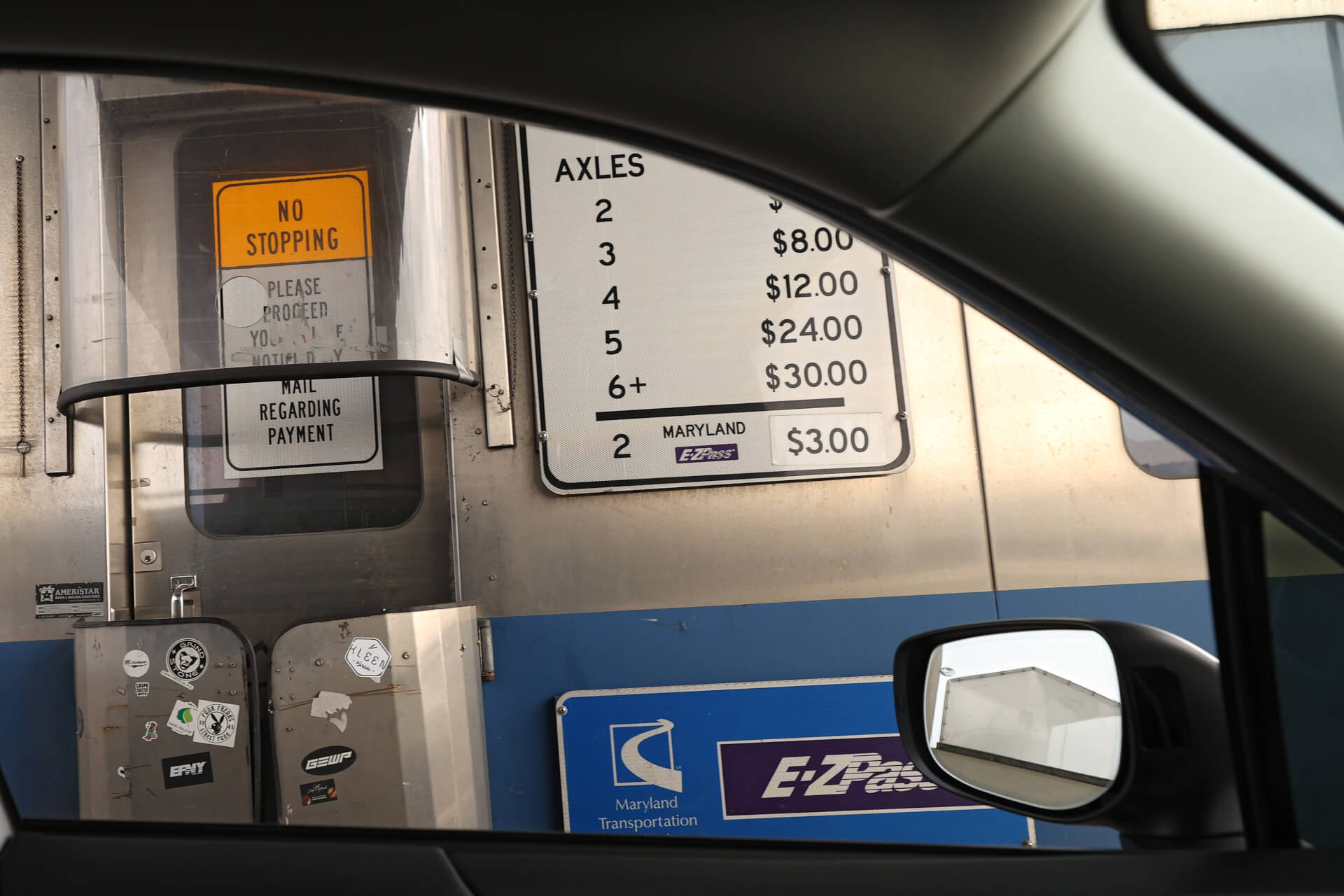
Using one of Maryland’s toll bridges and tunnels could become more expensive.
The state has not seen an increase in tolls in more than a decade. Joseph Sagal, executive director of the Maryland Transportation Authority, said that era, which included two toll reductions, may be at an end within the next four years.
“We started looking at the last time tolls were raised, that was nearly a decade ago,” Sagal said at a meeting of the Transportation Revenue and Infrastructure Needs Commission in Annapolis.
“There was a subsequent reduction around 2016 and with that toll revenue decline we saw during the pandemic era and … increased costs,” it is triggering a need for toll revenue increases in the 2028 fiscal year, he continued.
The last time tolls increased was in 2011 under then-Gov. Martin O’Malley (D). At that time, the authority voted to raise cash tolls for cars crossing the Chesapeake Bay Bridge from $2.50 to $4.
Cars crossing the former Harry W. Nice Memorial Bridge in Charles County would cost $4, an increase of $1.
Tolls on both then increased again to $6 in 2013.
Former Gov. Larry Hogan (R) ran his 2014 campaign criticizing O’Malley and Democrats for overtaxing state residents. He cut tolls twice — once in 2016 and again in 2019 — during his two terms in office.
During that time, the state demolished the old Nice Bridge and replaced it with a modern Governor Harry W. Nice Memorial/Senator Thomas ‘Mac’ Middleton Bridge.
Maryland Budget Secretary Helene Grady asked Sagal for details on the impact of toll recent reductions.
“What was the sustainability plan at the time the tolls were reduced and to what extent have the assumptions about that sustainability plan by the previous administration been realized or not realized?” Grady asked.
The need for an increase was attributed to “operating costs being so high, especially as it relates to personnel, equipment, repairs” and other concerns, according to Sagal.
Frank Principe, chair of the commission, said he has discussed the issue of tolls with Transportation Secretary Paul Wiedefeld “as well as the overall performance relative to the toll revenues.”
Principe said the toll rates “is something that the commission will be interested in discussing further at another meeting. I’m sure we’ll get to that in due course.”
The 31-member blue ribbon panel — referred to commonly as the TRAIN Commission — is charged with reviewing, evaluating and making recommendations on how transportation projects should be prioritized and funded.
Last month, commission members were briefed on the need to seek alternative funding sources to bolster declines in state gas tax revenue.
The authority is funded only by tolls from eight facilities in Maryland.
The authority has more than 180 projects in its six-year plan totaling $2.7 billion. The total is a nearly $170 million increase over last year’s six-year planning document.
Included in that are the replacement of eight bridges that are each 50 years old or more, as well as an ongoing study of a third crossing of the Chesapeake Bay.
Sagal spoke in broad terms and offered no specifics related to timing or the amount of an increase.
Sagal’s talking point left some commission members looking for more information.
Senate Minority Leader Sen. Stephen S. Hershey Jr. (R-Upper Shore) said Sagal did not offer enough justification for toll increases.
“I think the important thing that he said, he said the $400 million that they have in operating costs is fine,” said Hershey. “They’ve been able to meet that. So, then you have to look at what the projects are. I think he said the $600 million in projects. I don’t think he came up here and said ‘hey, we’ve got a lot of projects that we haven’t been able to do because the revenue is not there.
“I’d like to hear more of a justification if somebody said we need to increase the tolls for exactly what projects out there are not being completed,” he said.
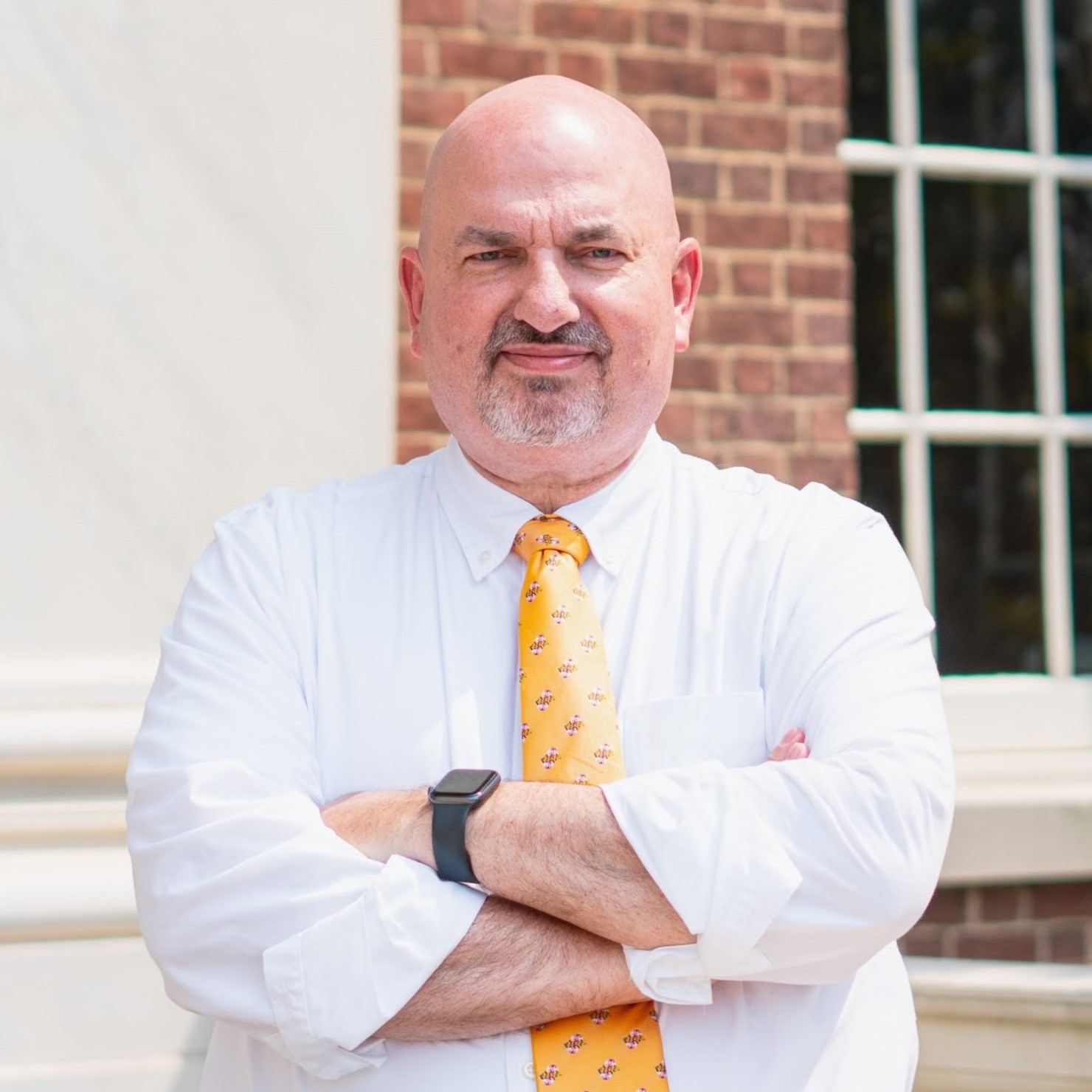
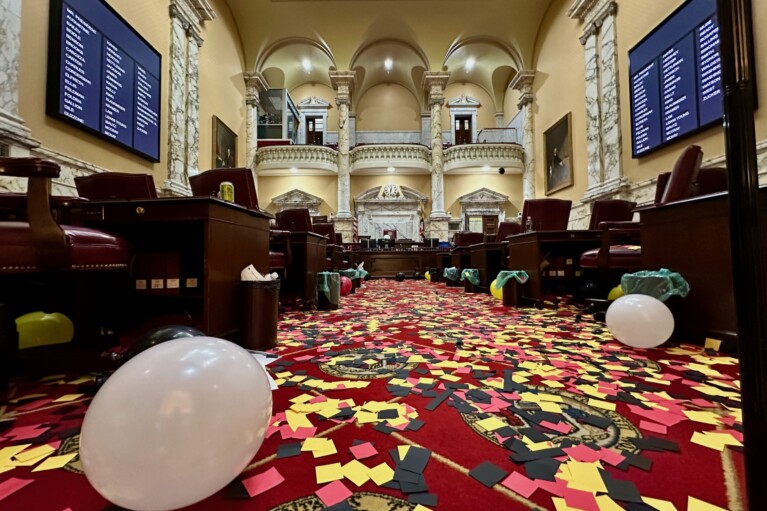
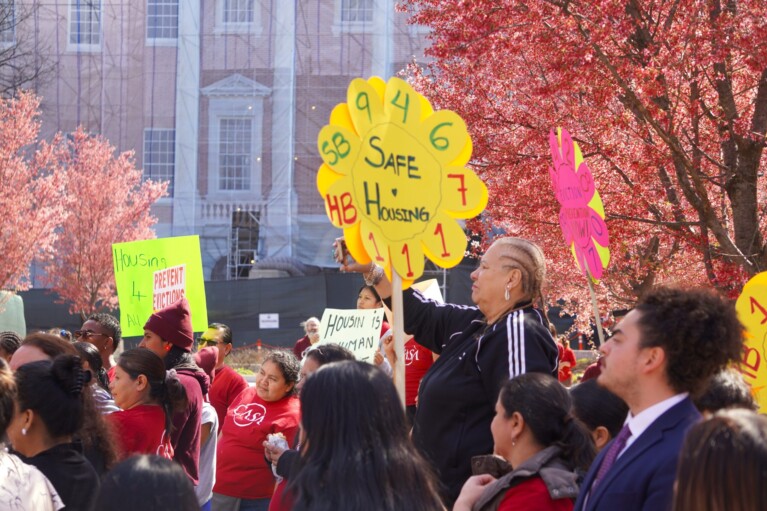
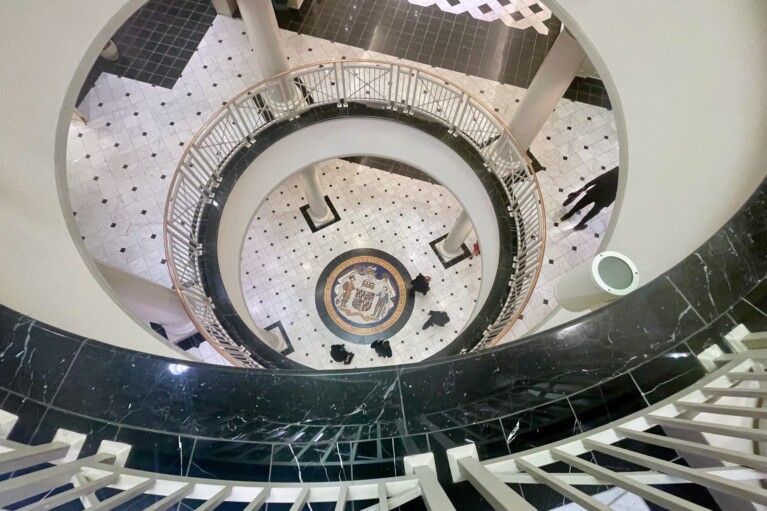
 Creative Commons Attribution
Creative Commons Attribution